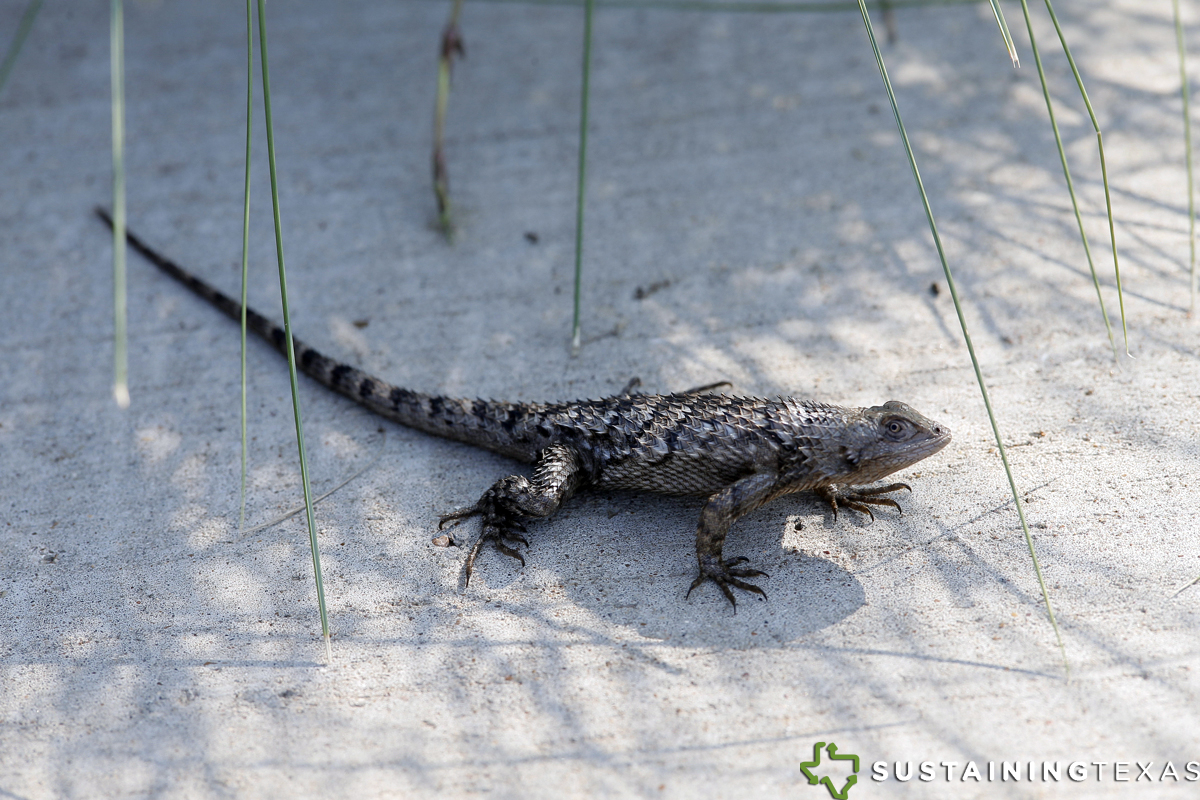 When we first moved to Tarrant County, I heard a rustle numerous times when I retrieved the mail. Once I caught a glimpse of the lizard making the noise, I was able to Google its features and discovered that these gray and brown reptiles are Texas Spiny Lizards that make homes in the north, central and south regions of Texas. Since that name is a mouthful to repeatedly say, at our house we endearingly named the creatures “Leroy” and refer to all Texas Spiny Lizards like this in conversation.
When we first moved to Tarrant County, I heard a rustle numerous times when I retrieved the mail. Once I caught a glimpse of the lizard making the noise, I was able to Google its features and discovered that these gray and brown reptiles are Texas Spiny Lizards that make homes in the north, central and south regions of Texas. Since that name is a mouthful to repeatedly say, at our house we endearingly named the creatures “Leroy” and refer to all Texas Spiny Lizards like this in conversation. 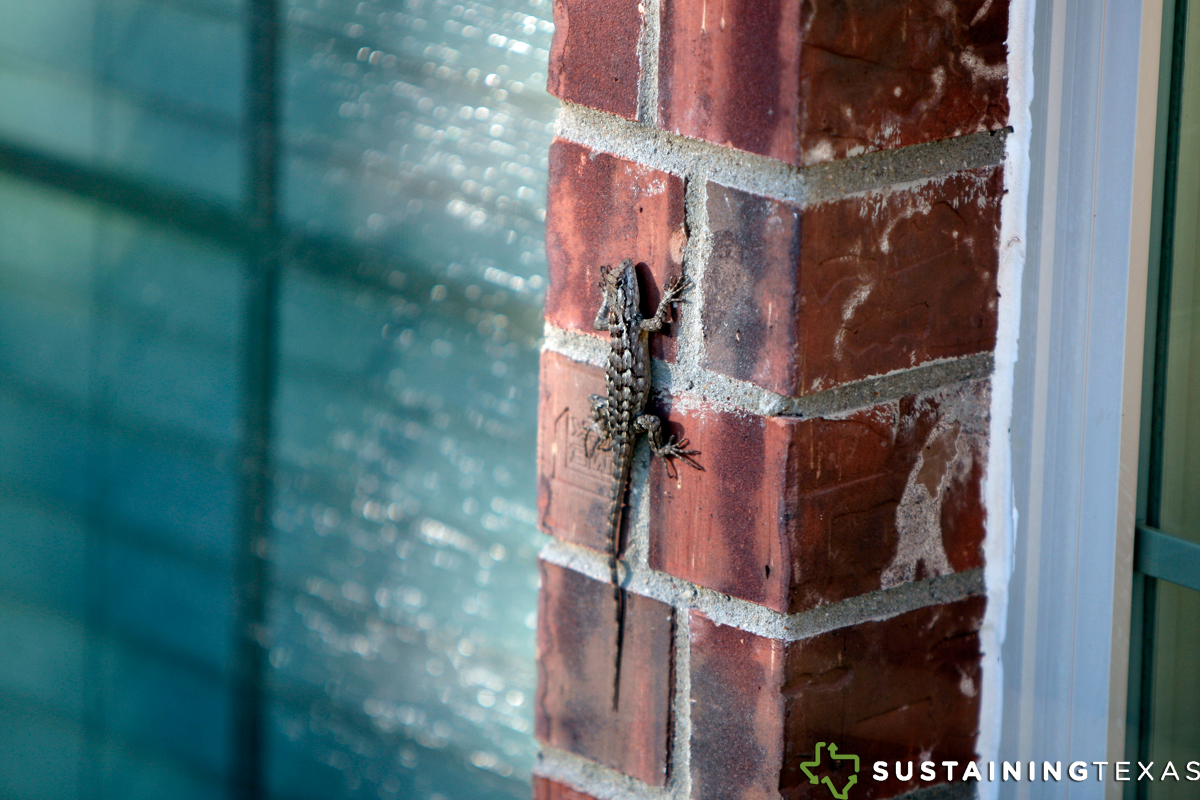 Speedy and often camouflaged well, we find these brown and gray lizards in many places in our yard – on a tree trunk, on the porch screen, hiding under the AC unit, sunning on mulch in flower beds.
Speedy and often camouflaged well, we find these brown and gray lizards in many places in our yard – on a tree trunk, on the porch screen, hiding under the AC unit, sunning on mulch in flower beds.
These reptiles are so well camouflaged that I didn’t even realize one was about one foot away from me when I was digging a hole for a new plant in my flowerbed. When I dumped dirt on top of it, it jump/scurried away and gave me a funny scare.
Full-grown Texas spiny lizards, known scientifically as Sceloporus olivaceus, reach a maximum length of 7.5 inches to 11 inches. Active during the day, the lizards primarily munch on insects and help keep the bug population in check. If you observe them repeatedly lowering their bodies to the ground in an action that looks like pushups, they are likely communicating to another male that this is their territory. If you’re trying to tell a male from a female, you’ll need to get a look at their bellies, where males have light blue stripes.
According to Herps of Texas, breeding occurs in early spring. Females lay on average 14 eggs per clutch throughout the summer and may lay eggs as many as four times a year.
Here is a collection of photos we’ve taken through the years, from babies to molting adults.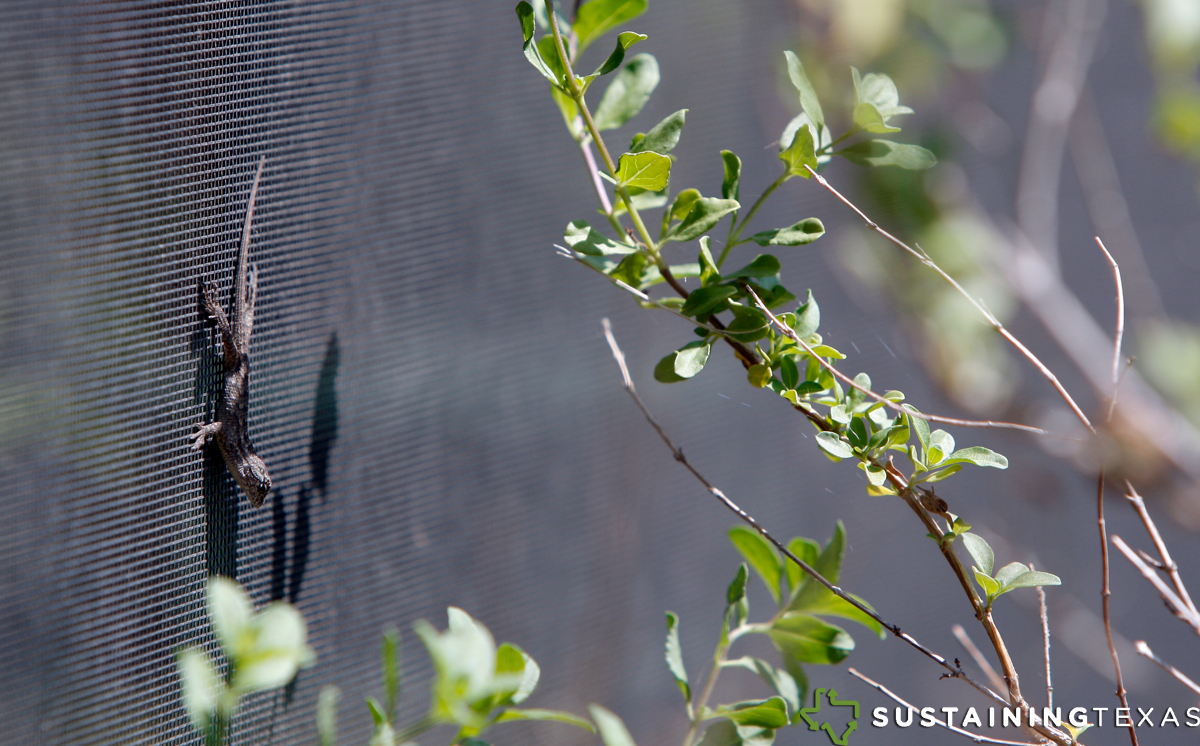
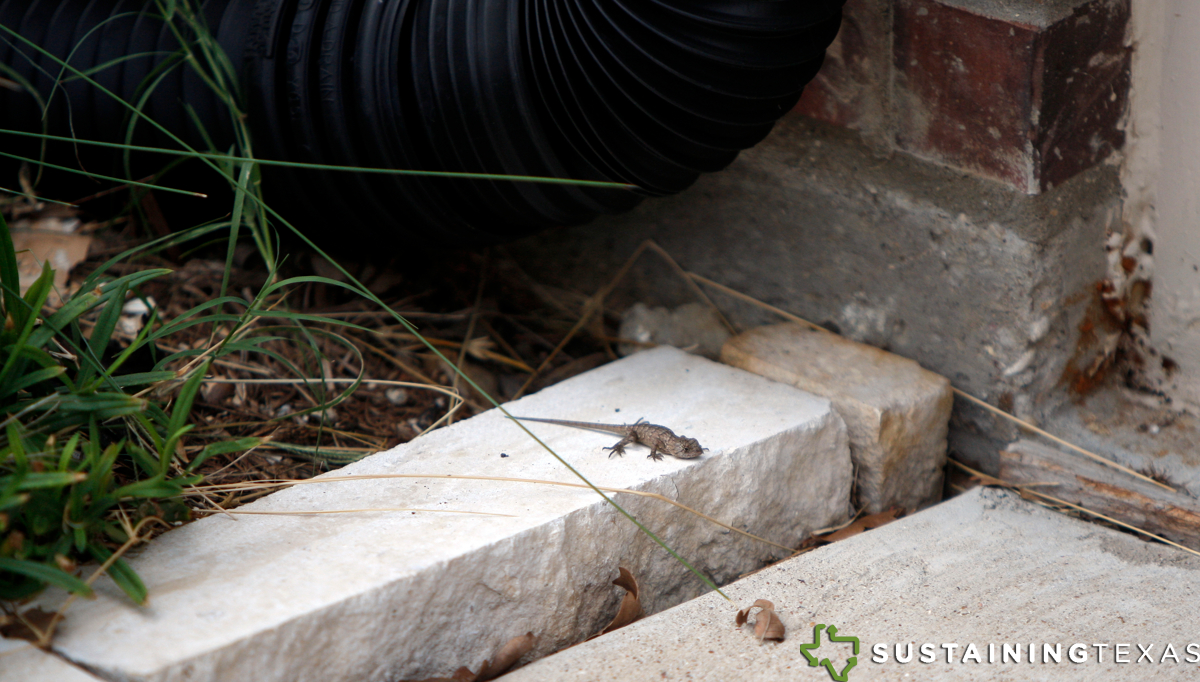
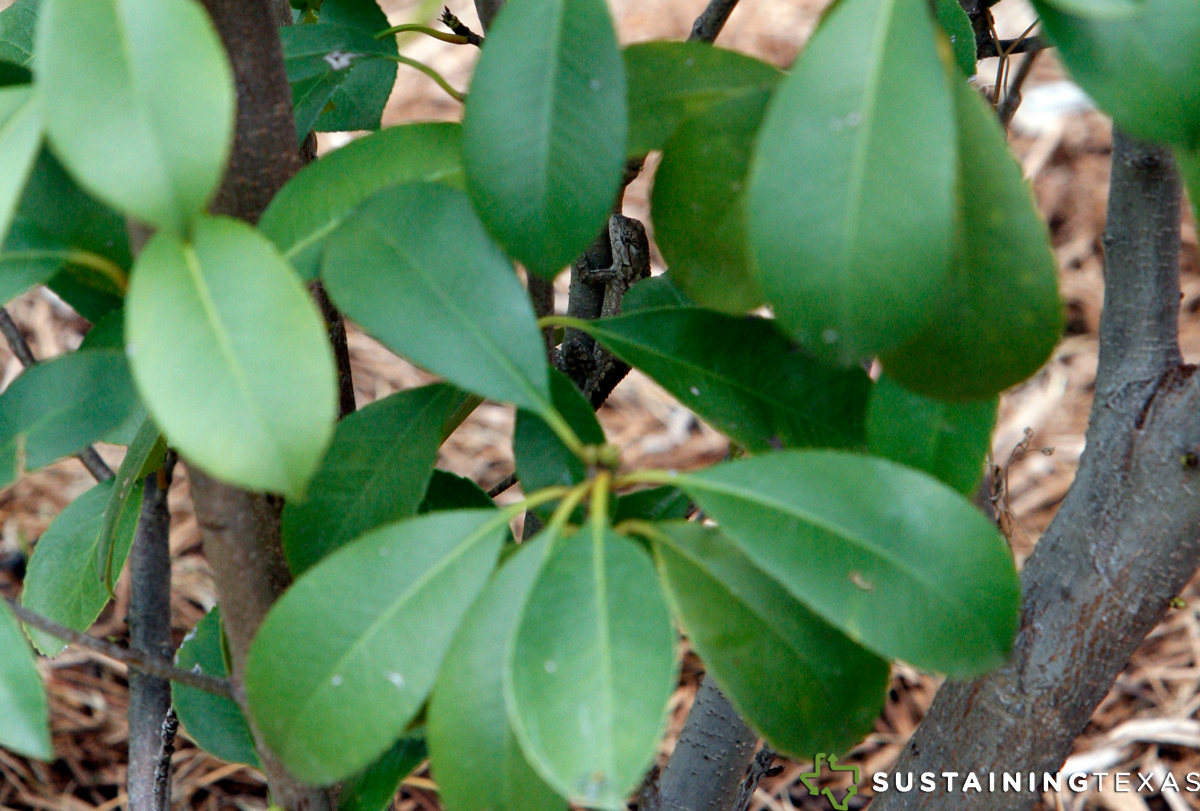
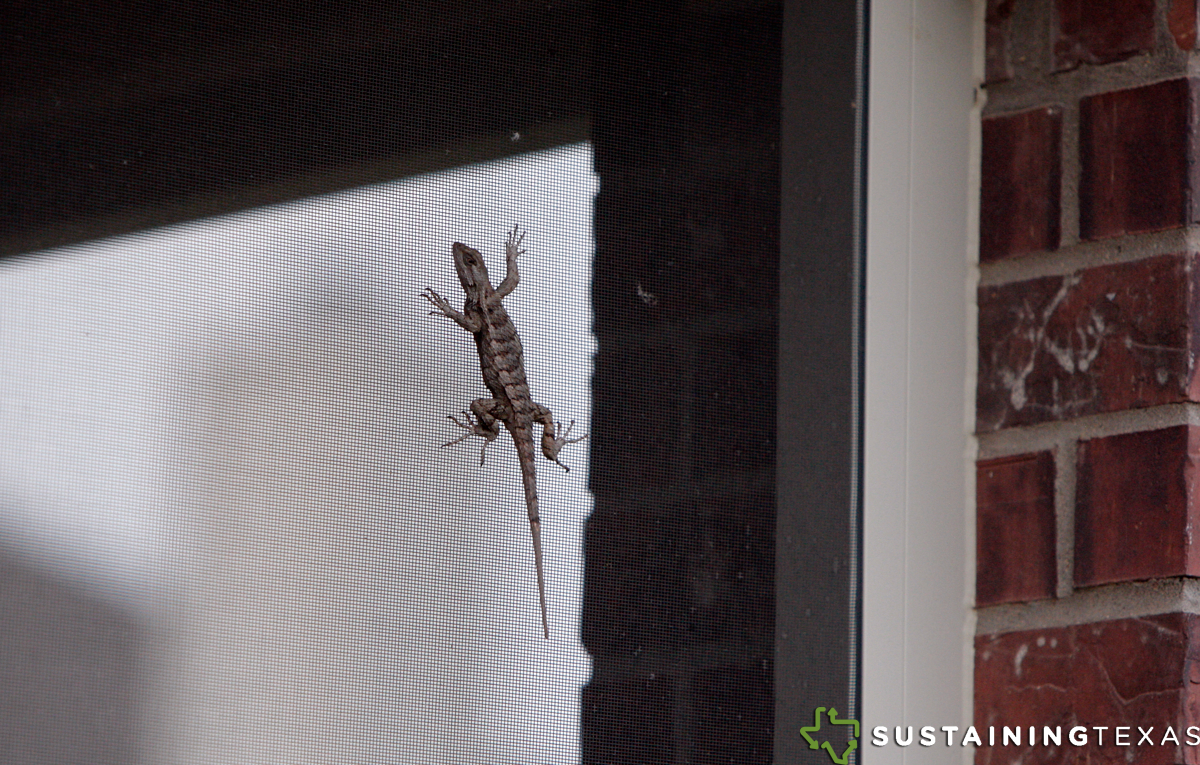

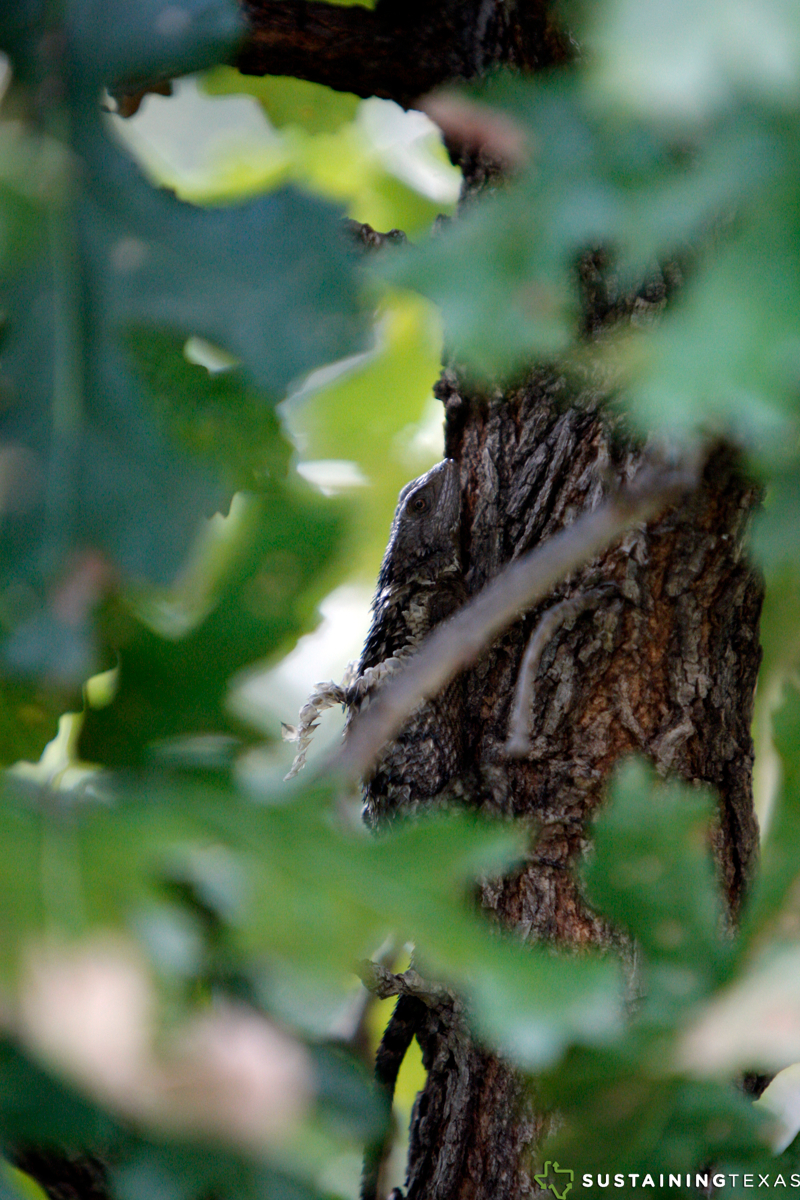

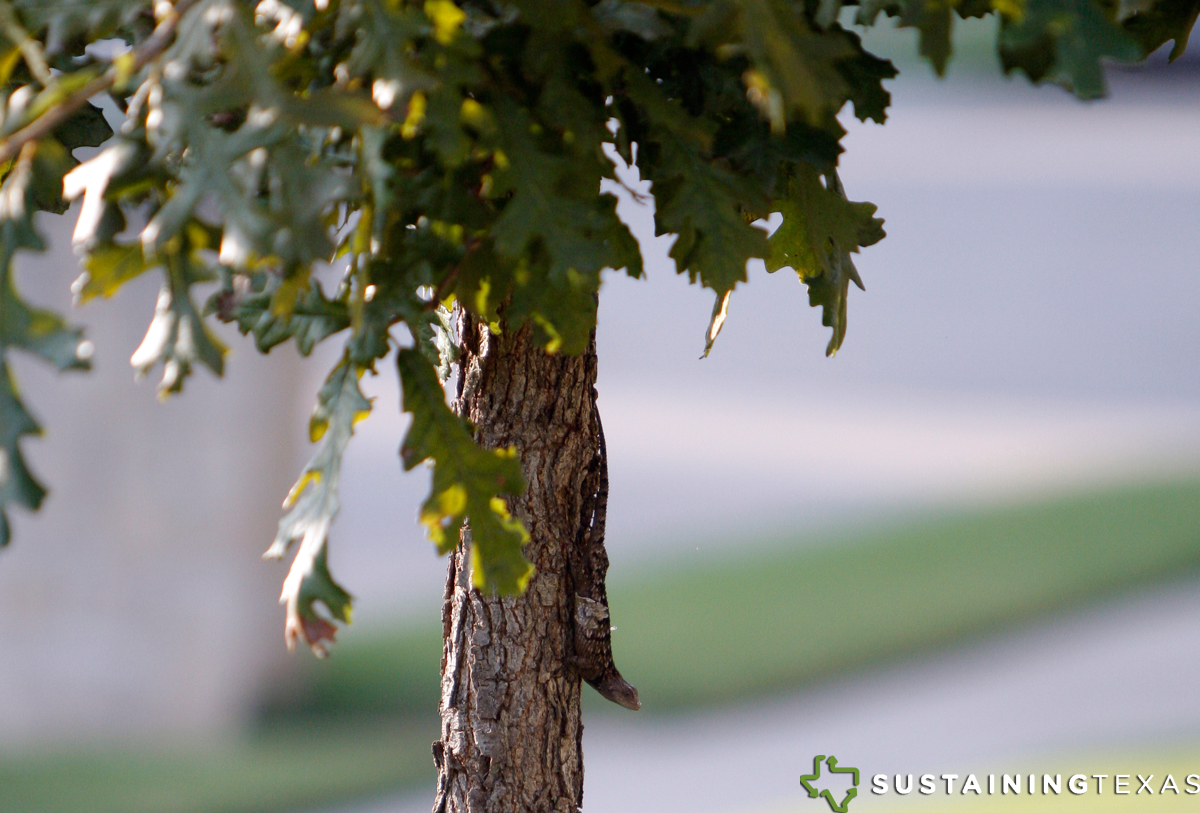
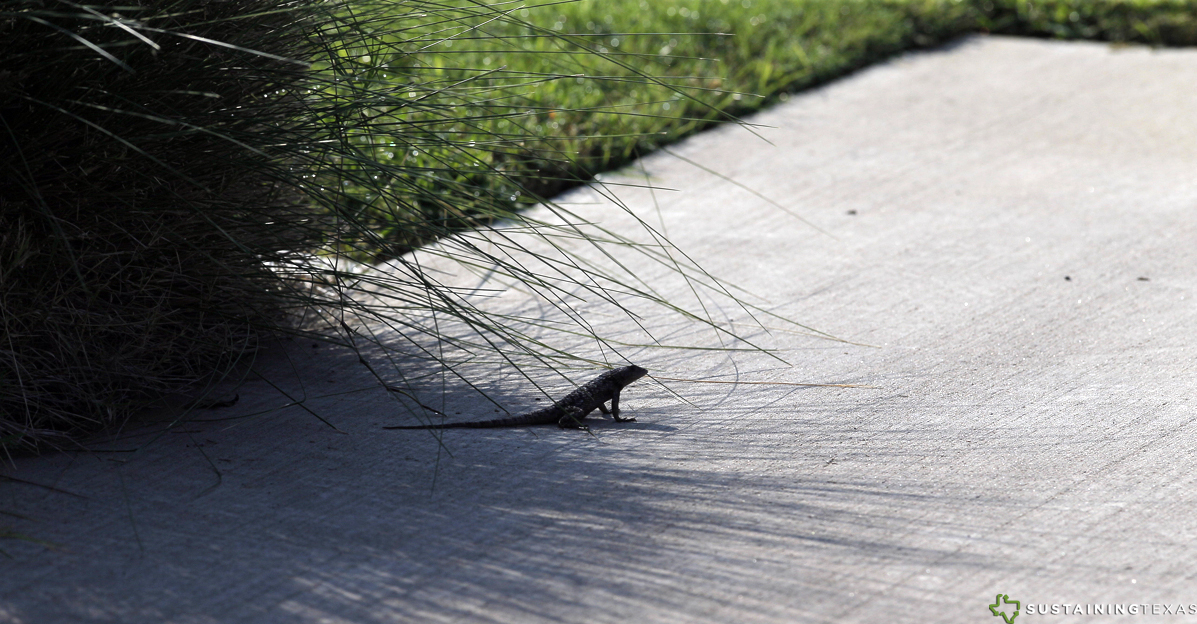
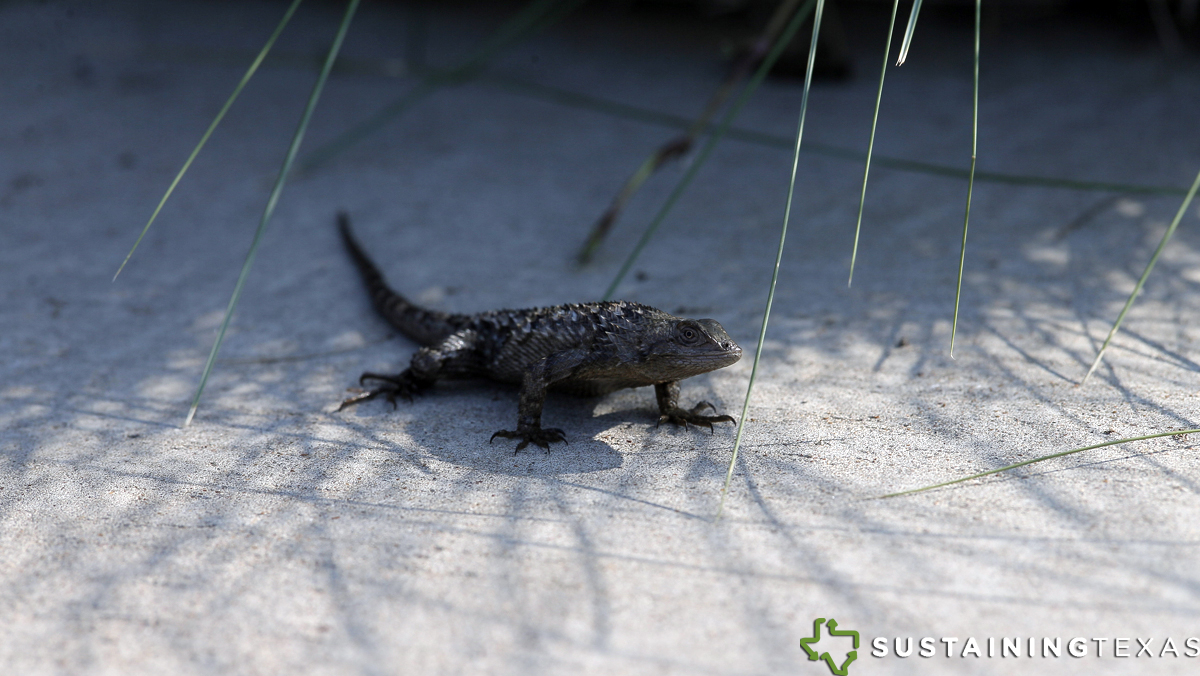 Photos by Brandon Wade and Lindsey Perkins.
Photos by Brandon Wade and Lindsey Perkins.